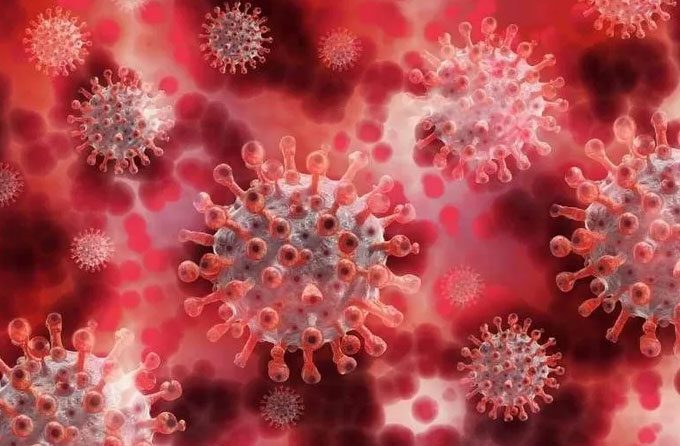Avian Influenza Virus May Cause More Severe Illness in Humans than Other Flu Viruses.
A study led by Jason Shoemaker from the University of Pittsburgh (USA) utilized computational modeling to investigate the immune response of the body to avian influenza.

Interferon May Be the Cause of Severe Illness.
The research was published in the journal Virus. The study found that levels of interferon could be a reason why the disease presents more severely. This could also be the “key” to treating the disease.
Mr. Shoemaker, an Assistant Professor of Chemical Engineering and Petroleum at the Swanson School of Engineering, University of Pittsburgh, stated: “We need more models to truly understand what happens to high-risk individuals when they become infected. Then, we can find better treatment options for them.”
Mr. Shoemaker and co-authors Emily Ackerman and Jordan Weaver, researchers at the Immunology Lab, used data from mice infected with H5N1, highly pathogenic avian influenza, or H1N1, low pathogenic swine influenza.
They then employed a technique-based modeling approach. Simultaneously, they predicted the replication of the virus as well as key immune responses based on the infection in mice, including interferon levels and immune cell activity.
By exploring different biological responses, the research team was able to determine that the rate of interferon production drives the specific immune responses observed in the mice.
In other words, high viral loads and the interferon production results from lung cells after H5N1 infection appear to be the main reasons for the varying infection severity.
Shoemaker remarked: “This model provides more evidence for the hypothesis that interferon causes more severe illness in the H5N1 strain compared to other flu viruses.”
Interferon then seems to be a key factor in determining the severity of the infection. At the same time, it explains the specific immune response we see in cases of H5N1 infection.”
This new study did not specifically examine SARS-CoV-2, the virus that causes Covid-19. However, these findings may still provide researchers with a pathway to develop better treatment methods.
The modeling established by the team also revealed other potential factors. For example, the lab is also using a model based on agents to understand why women often have more severe immune responses to influenza.


















































